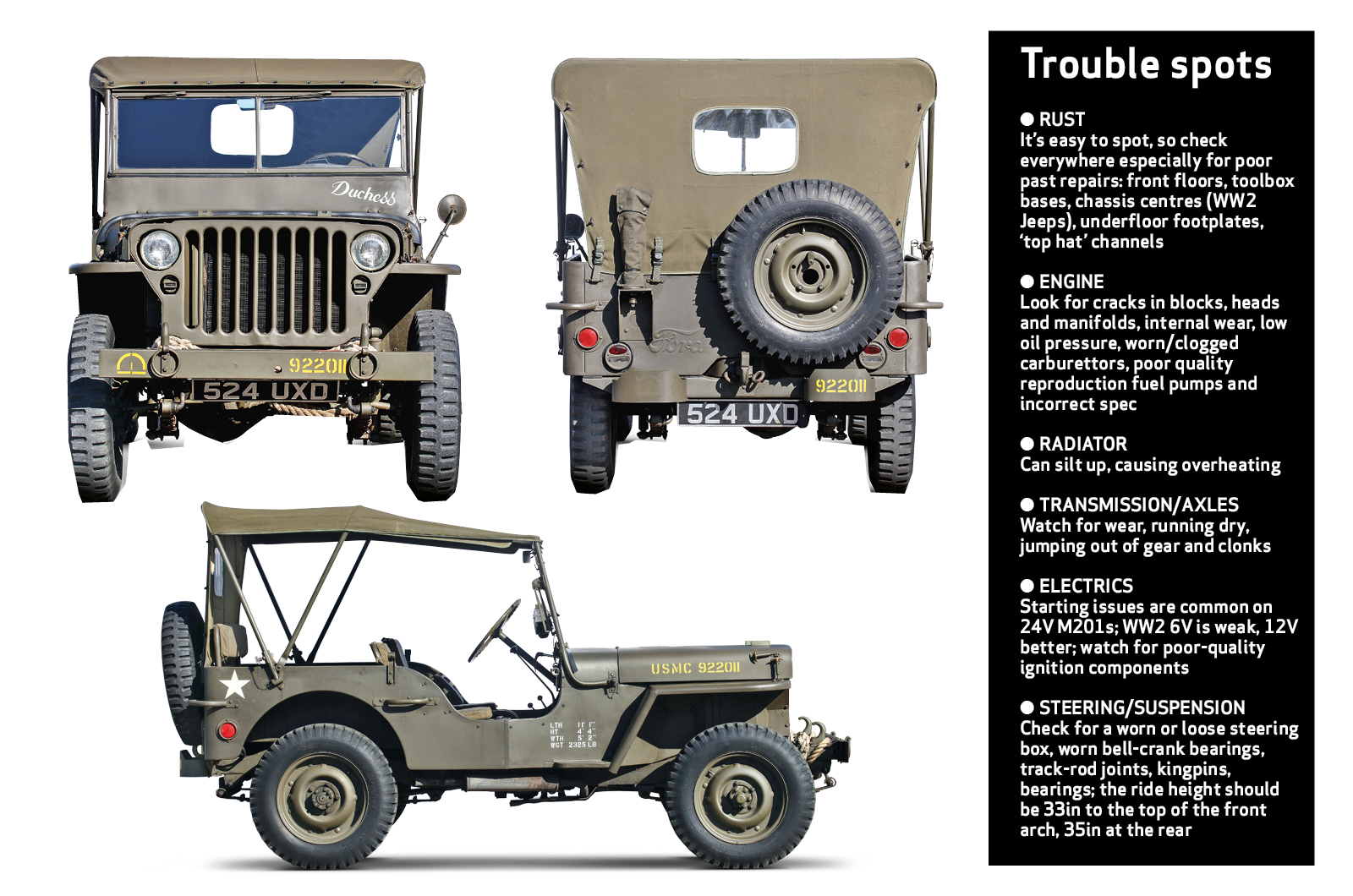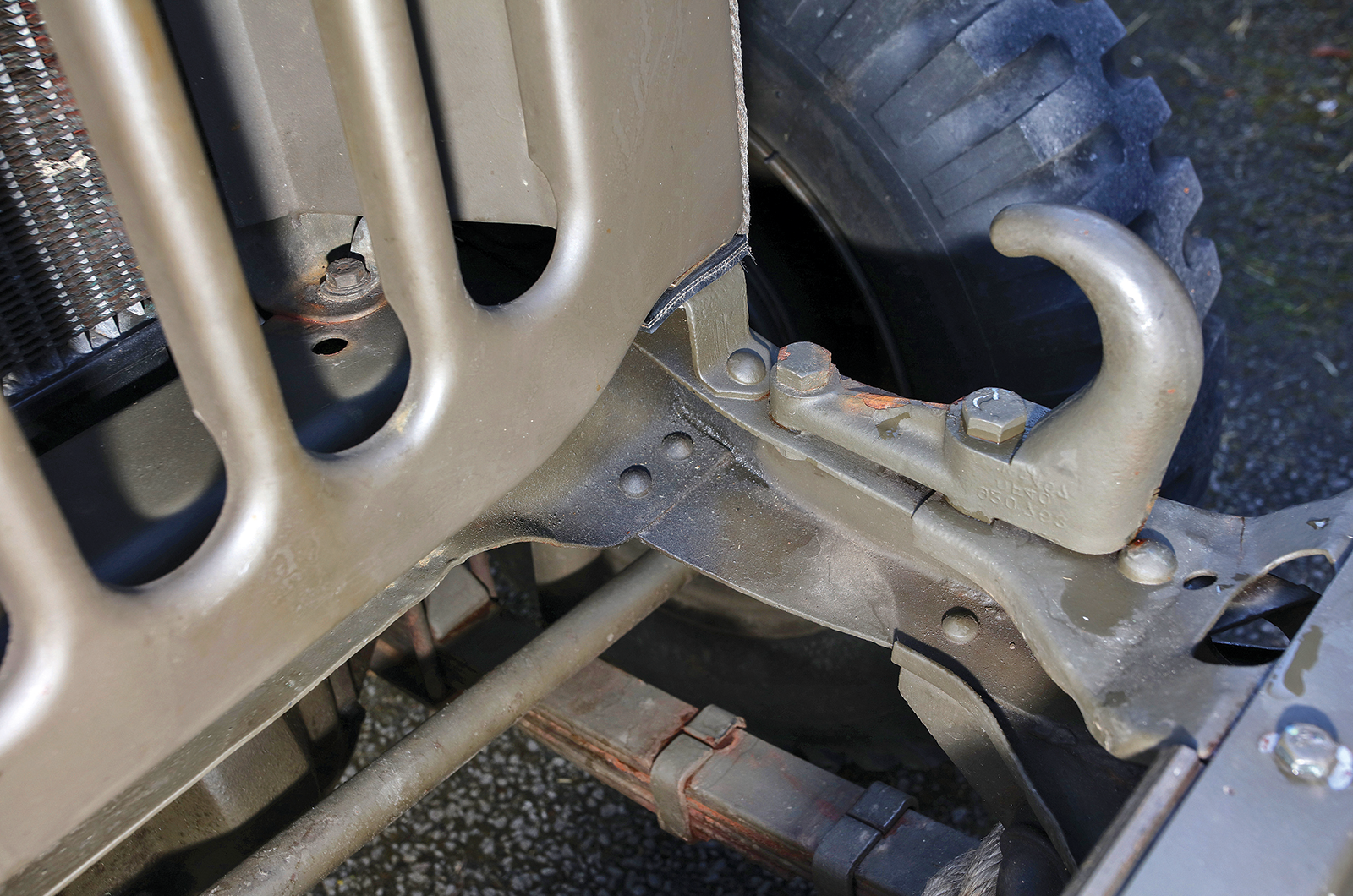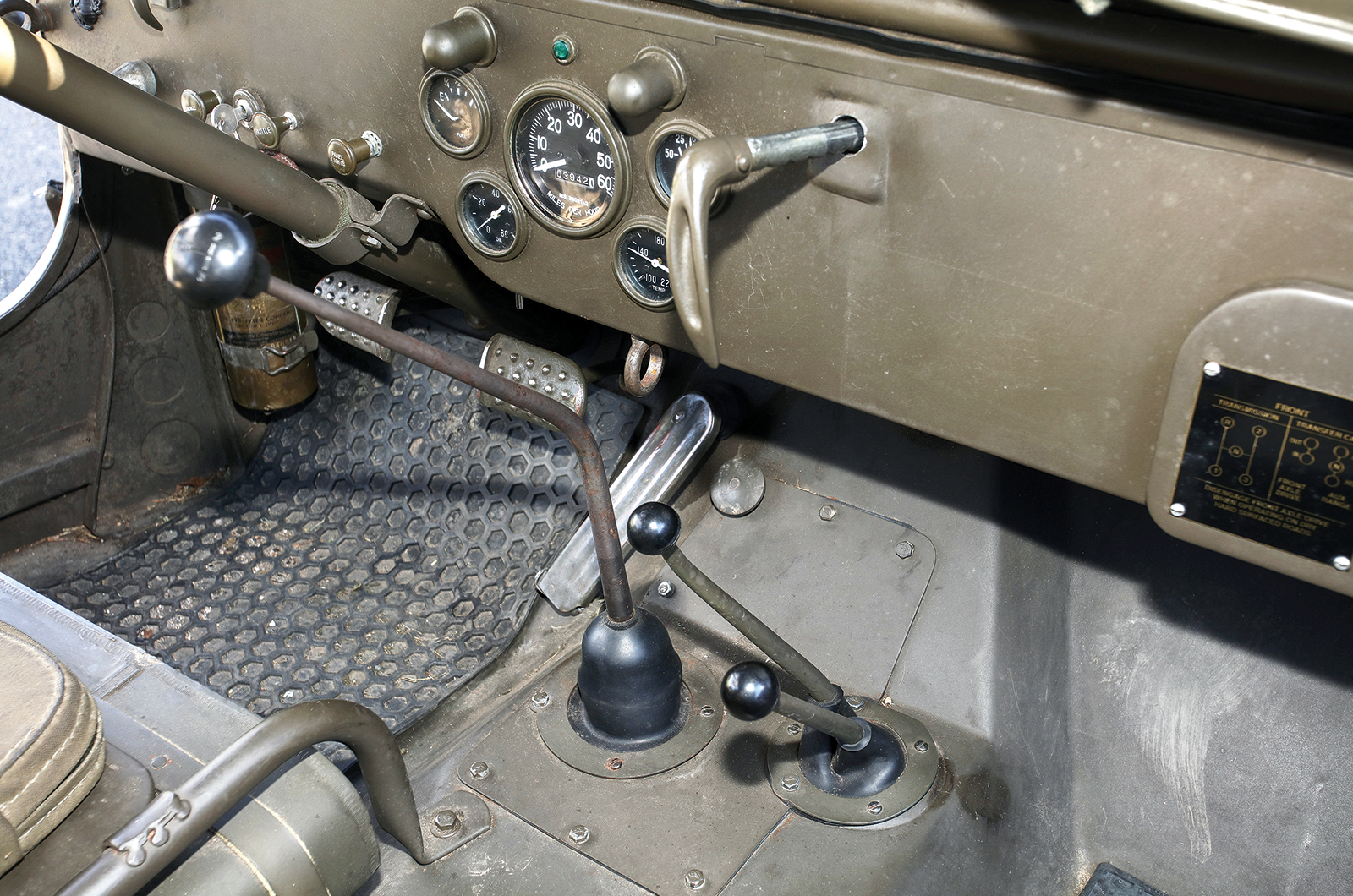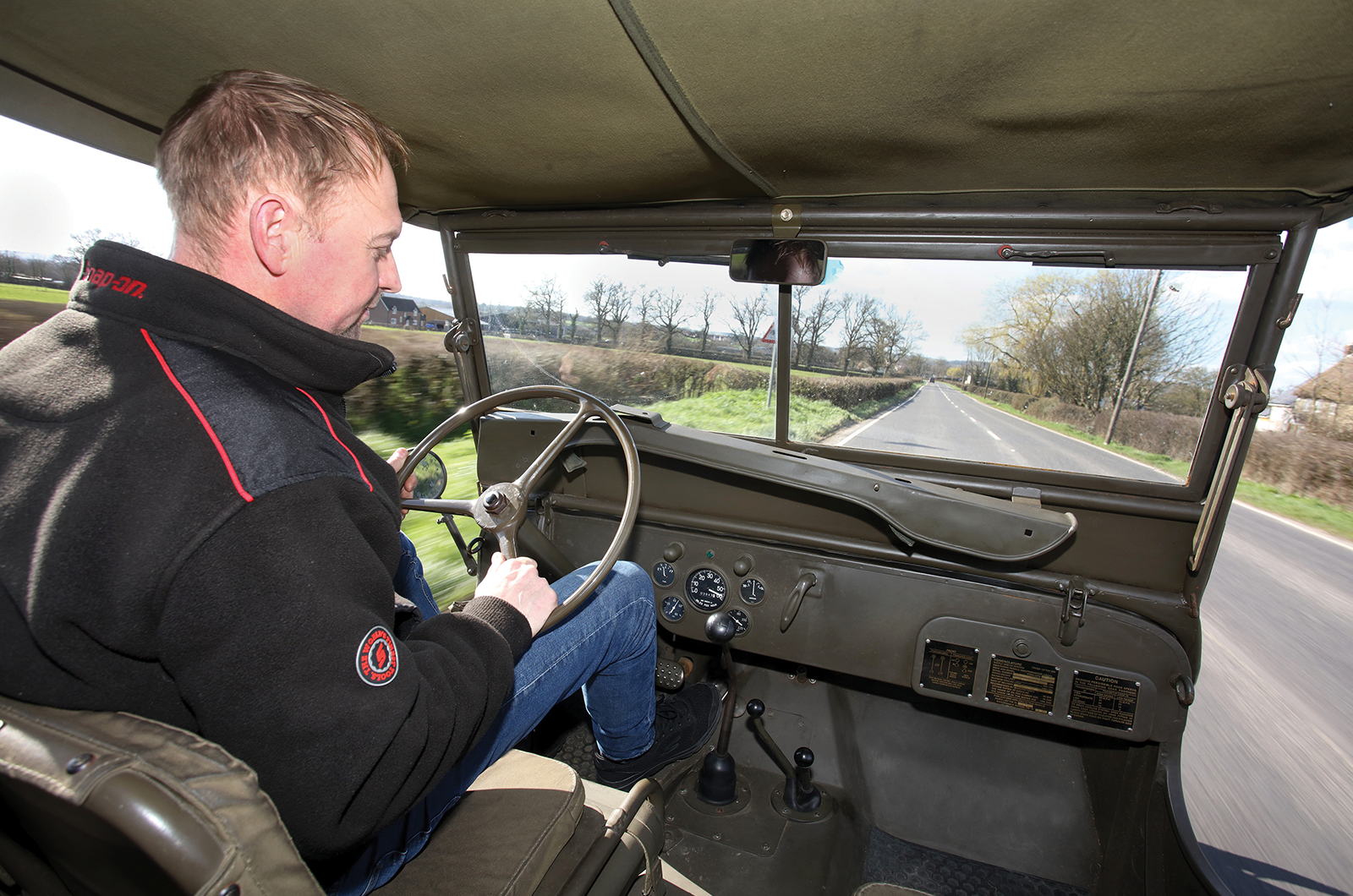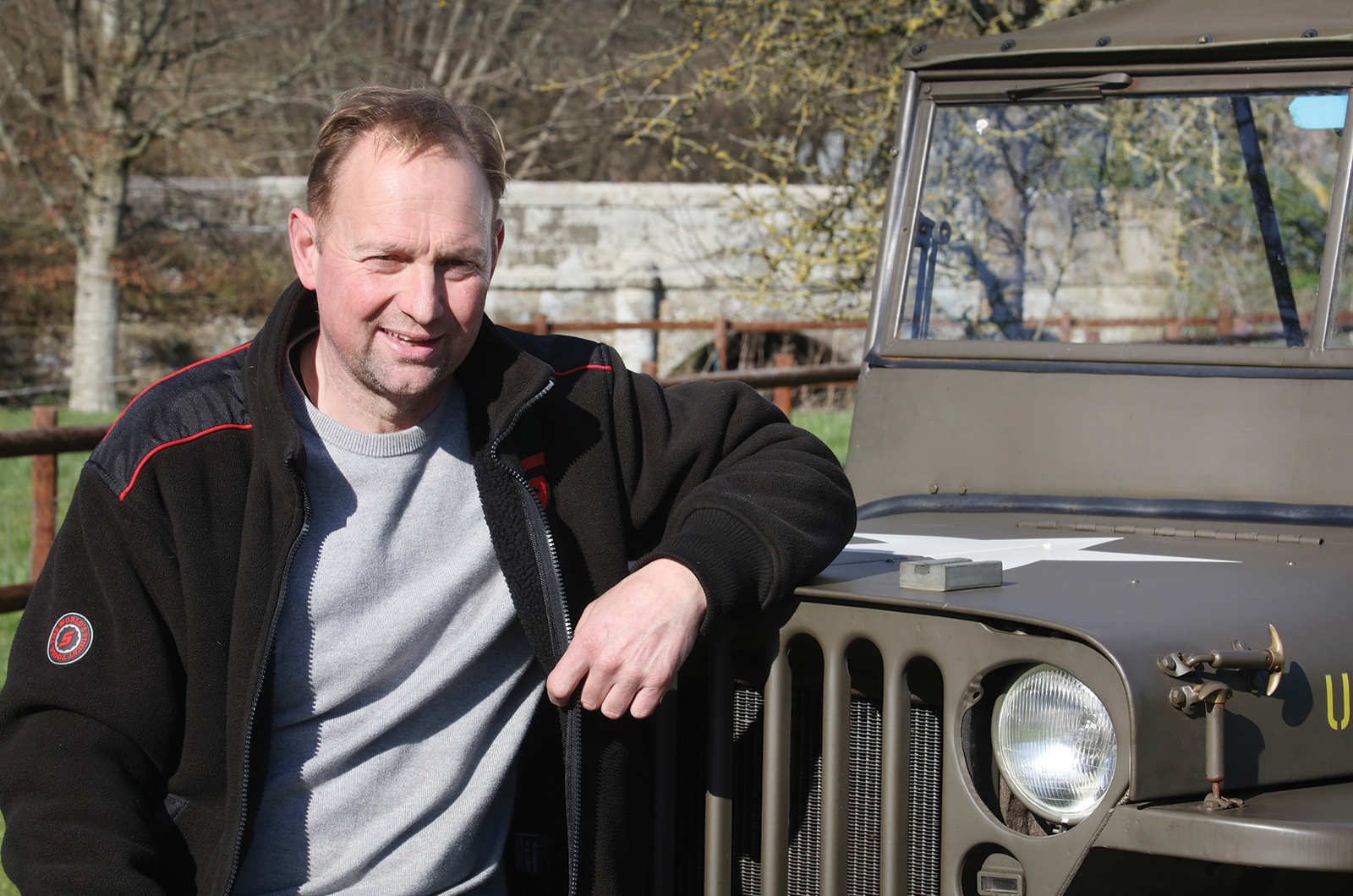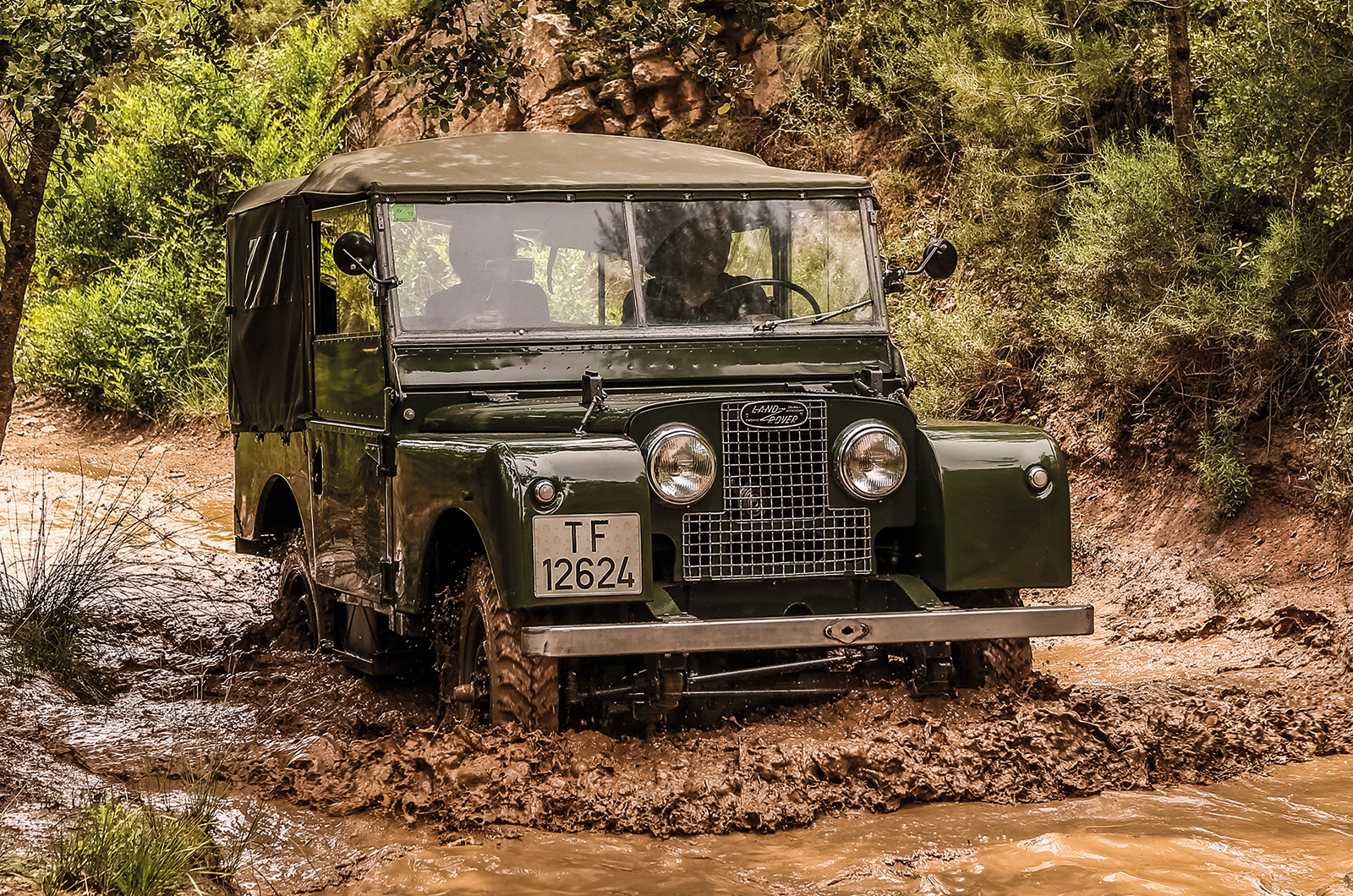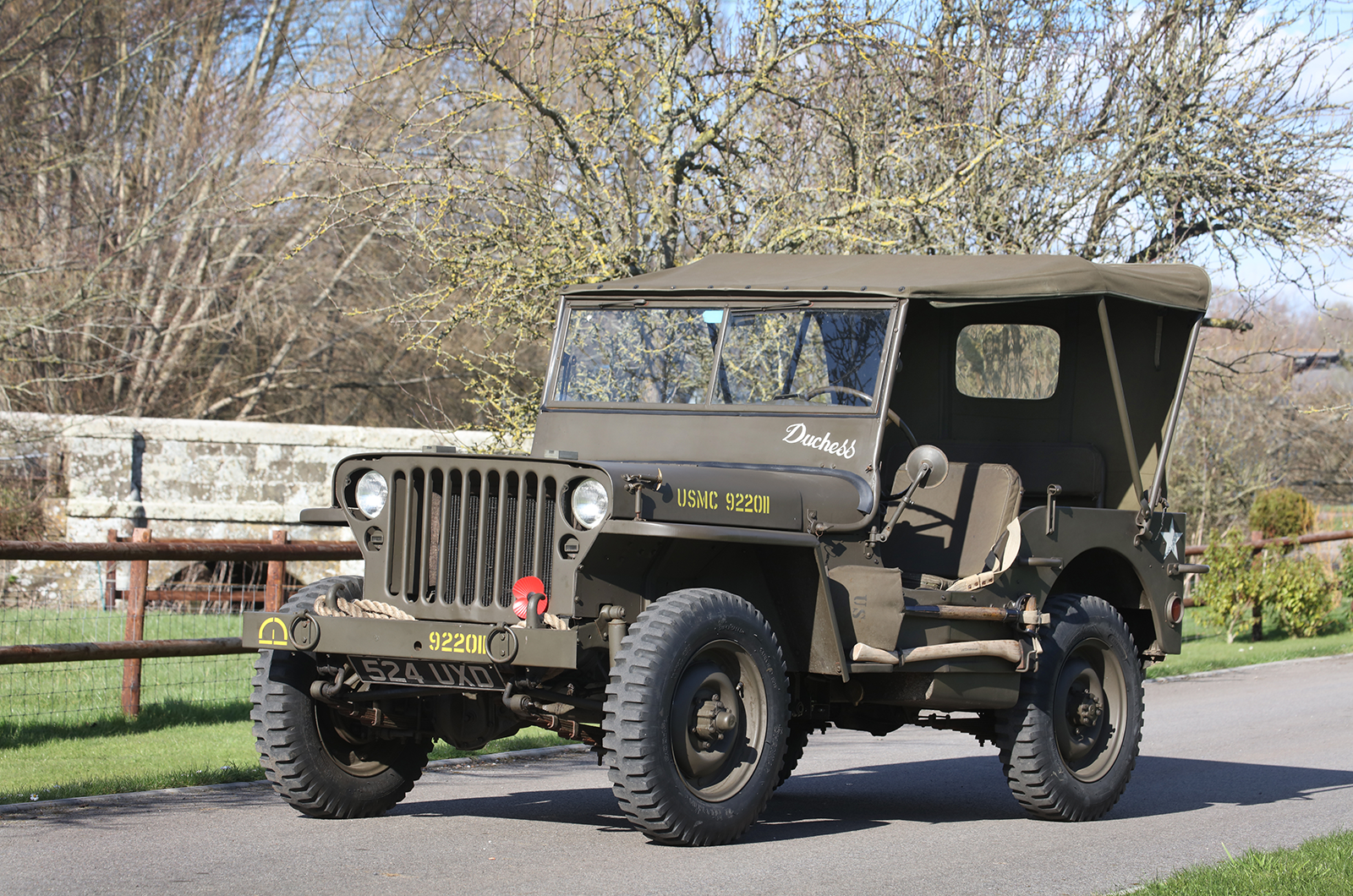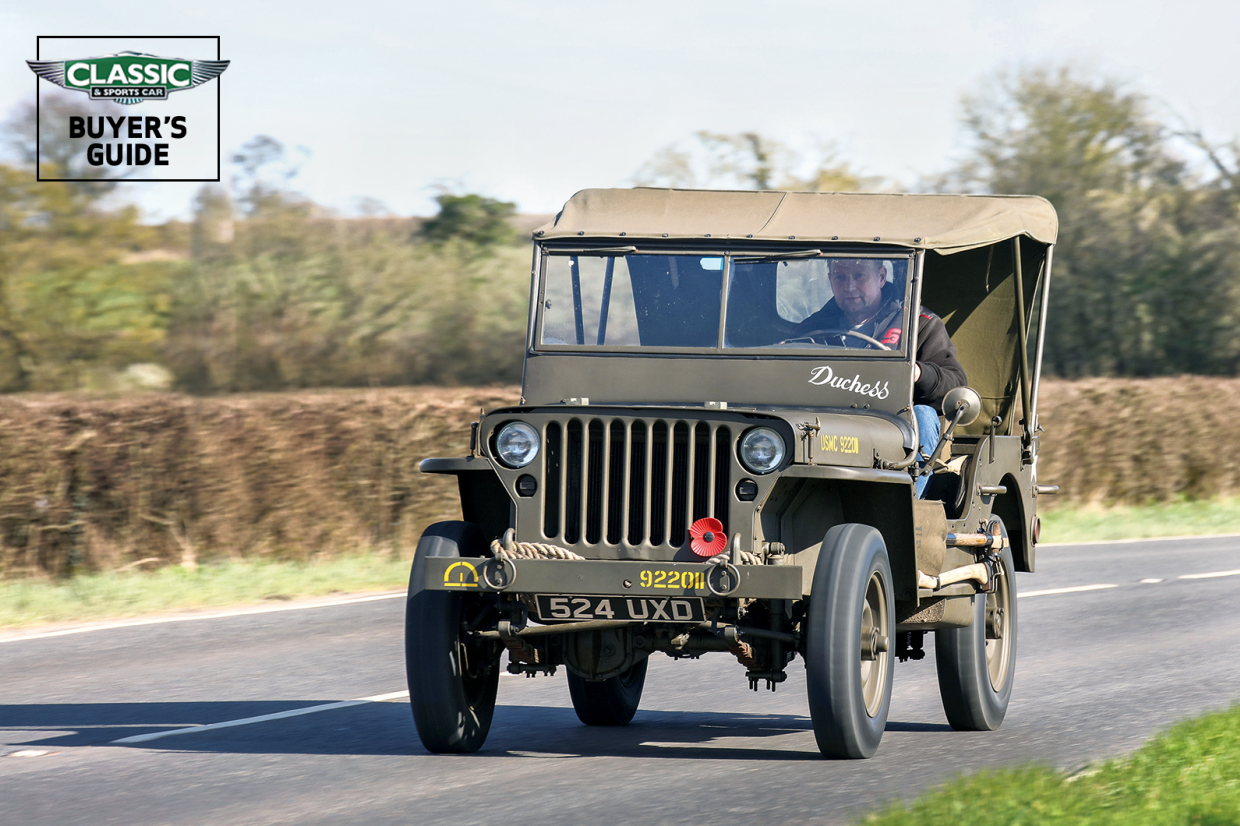
Why you’d want an Army Jeep
In 1940, the US War Department asked 135 manufacturers to design a 4x4, 40bhp, 1300lb recce car: only the American Bantam Car Co met the tight timescale of a working prototype in 49 days.
Bantam did a great job, then the War Dept gave the blueprints to Ford and Willys to build it in quantity, with Bantam getting the contract to build trailers.
Vastly more capable than the rear-wheel-drive German Volkswagen Kübelwagen, of which just 50,000 were built, Jeeps rapidly spread throughout Allied forces and continued to serve in armies around the world for decades after WW2.
The French Army found it so useful that it had Hotchkiss licence-build a mildly updated Willys MB right up to 1966.
Fewer than 30,000 Hotchkiss M201s were built, compared to 650,000 wartime Jeeps, but they survive in much better condition – partly due to various improvements including a thicker-gauge chassis, timing gears rather than a chain, plus better gearbox bearings and clutch, but mainly due to not having served in conflict.
For regular use and practicality they are ideal, and only connoisseurs know the difference; prices are now close to wartime machines.
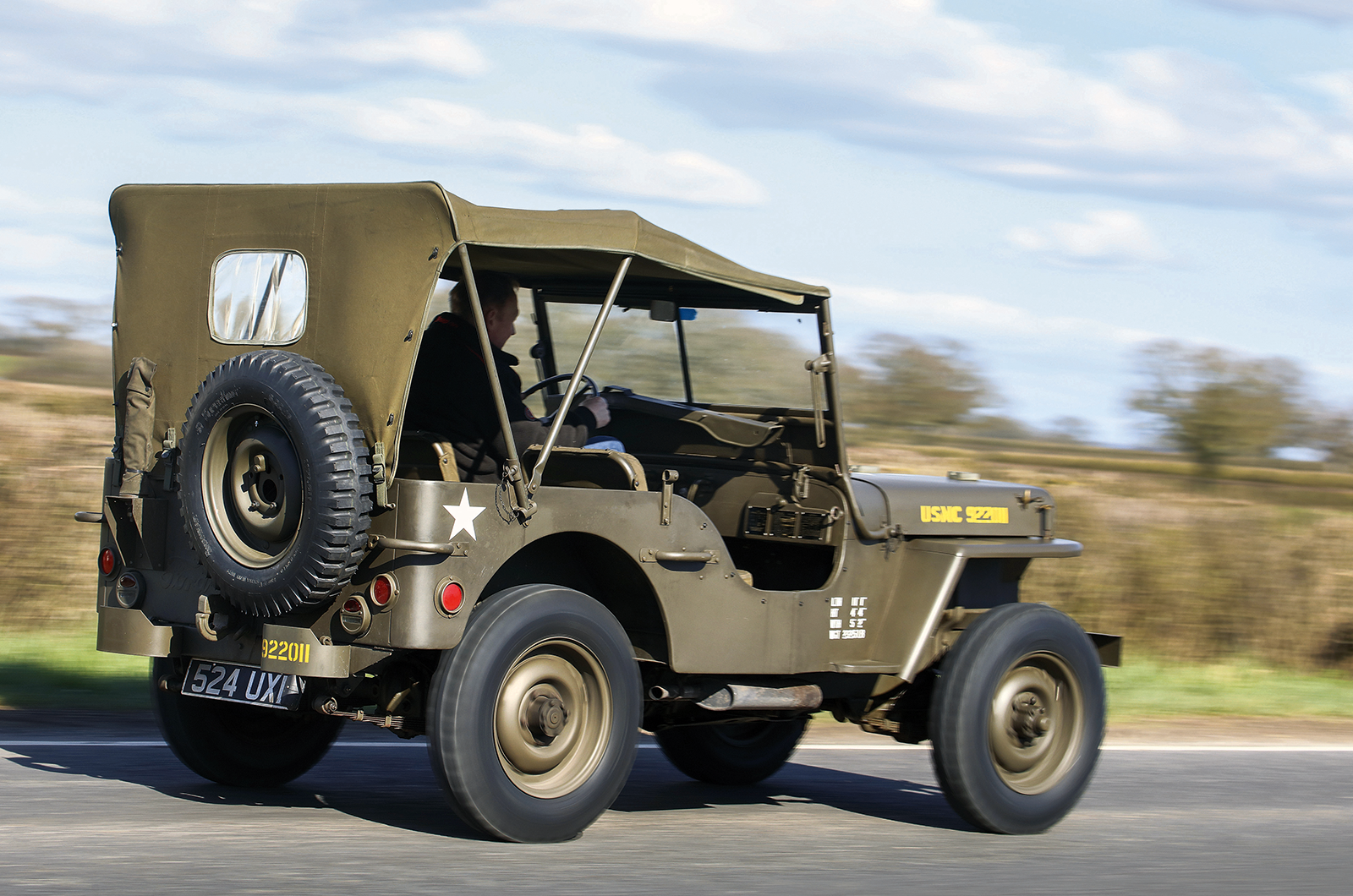
There are various ways to tell each type apart. The Ford GPW chassis number is stamped on top of the left-front chassis rail behind the front crossmember, while the Willys MB is on a plate attached to the inner face of the same chassis rail ahead of the crossmember.

